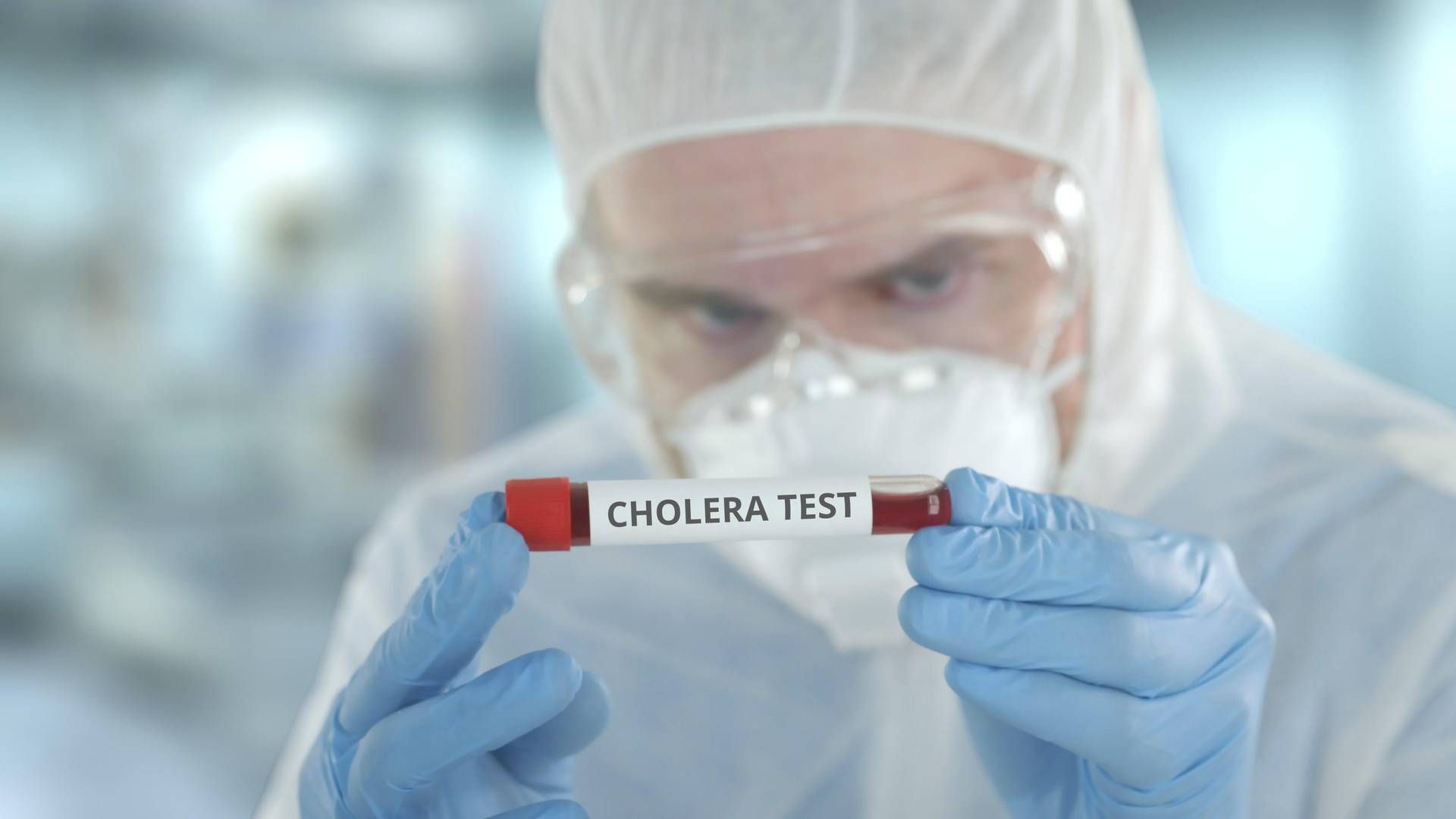First case of cholera in Sardinia after 50 years
A 71-year-old pensioner has been hospitalized in the infectious diseases department of the Santissima Trinità hospital in Cagliari, marking the first case of cholera in Sardinia in 50 years. The patient is said to be in stable condition and will be discharged once they test negative for the disease, according to Goffredo Angiomi, the director of the infectious diseases hospital.
Cholera is an acute diarrheal infection caused by the bacterium Vibrio cholerae. It is transmitted through direct or indirect oral contact with feces or contaminated food. In severe cases, cholera can lead to dangerous dehydration. The disease has a history of pandemics, with the seventh pandemic still ongoing since 1961.
There are two serogroups of Vibrio cholerae that can cause epidemics: Vibrio cholerae 01 and Vibrio cholerae 0139. These pathogens are primarily found in humans and water, particularly brackish waters in estuaries. Climate change may contribute to the spread of the serogroup 01, while serogroup 0139 has only been found in South-East Asia.
Cholera is primarily transmitted through the ingestion of water or food contaminated with fecal material from infected individuals. Raw or undercooked seafood is particularly at risk. Poor hygienic-sanitary conditions and inadequate management of sewage systems and drinking water are the main causes of cholera epidemics. Direct person-to-person transmission is rare in normal hygienic-sanitary conditions.
The symptoms of cholera typically appear within 2-3 days of infection and include watery and brown diarrhea, known as “rice water,” vomiting, leg cramps, and dehydration. Fever is not a prevalent symptom.
The treatment for cholera focuses on rehydration through oral or intravenous fluids. Oral rehydration is successful in 90% of cases, while severe cases require intravenous fluid restoration. Antibiotics such as tetracyclines or ciprofloxacin can be used to shorten the duration and intensity of symptoms, especially for severe cases or high-risk patients.
Preventing cholera epidemics involves ensuring the safety of food and water, improving hygiene practices, and implementing water purification and sewage systems. Education on hygiene precautions, such as handwashing, can also help reduce the spread of the disease. Vaccines are available, but their effectiveness and the impact of vaccination campaigns are still being evaluated.
The appearance of cholera in Sardinia after 50 years highlights the importance of continued efforts in preventing and managing this potentially fatal infectious disease.
